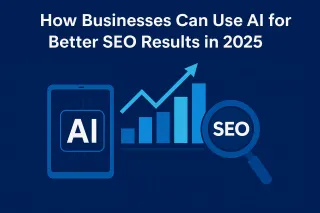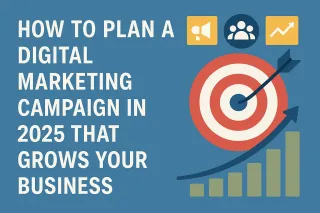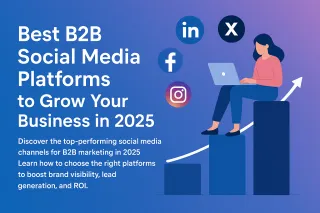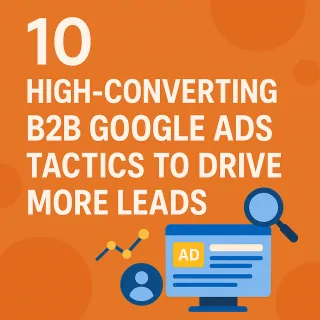- Websites
- Funnels
- Courses
- Community
- Bookings
- Emails
- SMS
- Invoicing
- Live Chat
- Affiliate
- Reviews
- Dashboard
- Calling
- Surveys
WELCOME TO 99DIGITAL
SEO & Digital Marketing Agency
Our team of experienced digital marketing professionals will work closely with you to understand the unique needs and goals of your Business
What Do We Do?
Performance Marketing and Lead Generation
Research
We assess your current performance by looking at previous campaigns and understanding which tactics drove the most conversions, you can start to gain a clear picture of what is working and where improvements need to be made.
Strategize
By setting out clear goals and using data to track and monitor the performance of our strategy, which allows us to evaluate different tactics more effectively and improve your overall performance marketing strategies.
Optimize
Our team of experts is well-versed in finding the best way to optimize and employs their knowledge to provide you with optimal results which can significantly contribute to higher returns, enabling us to craft effective strategies for you.

Helping Small Businesses Find Their Place Online
In a rapidly evolving online world, we specialize in guiding small businesses towards establishing a robust and impactful presence. Our tailored solutions encompass everything from creating engaging websites to optimizing online visibility.
With a focus on strategic digital marketing, we ensure that every small business not only finds its place online but also flourishes in the competitive digital marketplace.

0+
Clients

0+
Services

0+
Projects
All-in-One Marketing Toolkit, 25+ Features in One Place
- Automation
- Cart
- CRM
- Pipelines
- Social Media Marketing
- Forms
- Inbox
- Reporting
- Calendars
- Domains
- Memberships
- Workflow AI
- Content AI
- Chat AI
So what are you waiting for? Let’s get started right here!
Start with user intent and rank #1 on Google
We understand the user intent and the type of content needed
Our team has developed a comprehensive process of analyzing each user's needs, gathering data-driven insights, and tailoring relevant content and experiences to them.
We choose direct competitors with a similar type of content
By knowing who our competitors are and what they're saying, we can better shape our message to capture attention from the customer segment we want by crafting unique content that sets them apart as market leaders.
We plan document structure based on useful information
Planning the document structure based on useful information allows for smoother navigation, greater comprehension, and improved accessibility; all of which create a better user experience.
We optimise and enrich content with semantical SEO
We are committed to providing the highest quality SEO services. This includes optimising and enriching existing web content with up-to-date semantical SEO which ensures maximum visibility on search engine result pages (SERPs).
Testimonials

Frequently Asked Questions
What services do you provide?
We provide comprehensive digital marketing services, including SEO optimization, content creation and management, social media marketing, website design, lead generation, automation etc.
How much does your service cost?
Our services are tailored to meet the individual needs of our clients; accordingly, fees will vary based on the scope and complexity of a project. Please contact us for more information about pricing.
Do you guarantee results?
We use best practices to deliver high-quality results; however, due to the nature of digital marketing we cannot guarantee exact outcomes or timelines.
How long have you been in business?
We have been providing digital marketing solutions since 2015.
Do you offer discounts for larger projects?
Yes, we offer special pricing for large-scale projects. Please contact us directly for more information on our discounted rates.
READ OUR LATEST BLOGS

How Businesses Can Use AI for Better SEO Results in 2025
Want more traffic and conversions in 2025? See how AI tools enhance your SEO efforts with precision targeting, smart content, and fast analysis. ...more
SEO Strategies
April 10, 2025•65 min read

How to Plan a Digital Marketing Campaign in 2025 That Grows Your Business
Discover how modern businesses can build powerful digital marketing campaigns in 2025. From goal-setting to execution get the blueprint for success. ...more
Digital Marketing
April 10, 2025•25 min read

Best B2B Social Media Platforms to Grow Your Business in 2025
Discover the top-performing social media channels for B2B marketing in 2025. Learn how to choose the right platforms to boost brand visibility, lead generation, and ROI. ...more
Social Media Marketing
April 09, 2025•10 min read

Top Strategies to Discover the Perfect Influencers for Your Brand
Learn how to identify the right influencers who align with your brand's voice, values, and audience. Boost your reach with smart influencer marketing. ...more
Influencer Marketing
April 09, 2025•15 min read

How to Build an Email List: 20 Expert-Backed Growth Strategies
Discover 20 expert-approved strategies to grow your email list fast. From lead magnets to landing pages, learn proven tactics to build a high-quality subscriber base and boost your email marketing suc... ...more
Email Marketing
April 08, 2025•29 min read

10 High-Converting B2B Google Ads Tactics to Drive More Leads
Unlock the secrets to successful B2B campaigns with these 10 high-converting Google Ads strategies. Learn how to drive qualified leads, reduce ad spend, and boost ROI ...more
B2B Marketing
April 08, 2025•18 min read
Ready to Elevate Your Digital Marketing?
Book a demo and discovery call to explore:
How 99Digital can transform your online presence
How you can achieve scalable marketing better, faster, and more cost-effective
What sets us apart from traditional agencies, freelancers, and in-house teams (spoiler: we deliver results 10x faster!)
The best subscription plan tailored to your business needs

FOLLOW US
COMPANY
Services
LEGAL
Copyright 2025. 99Digital. All Rights Reserved.
